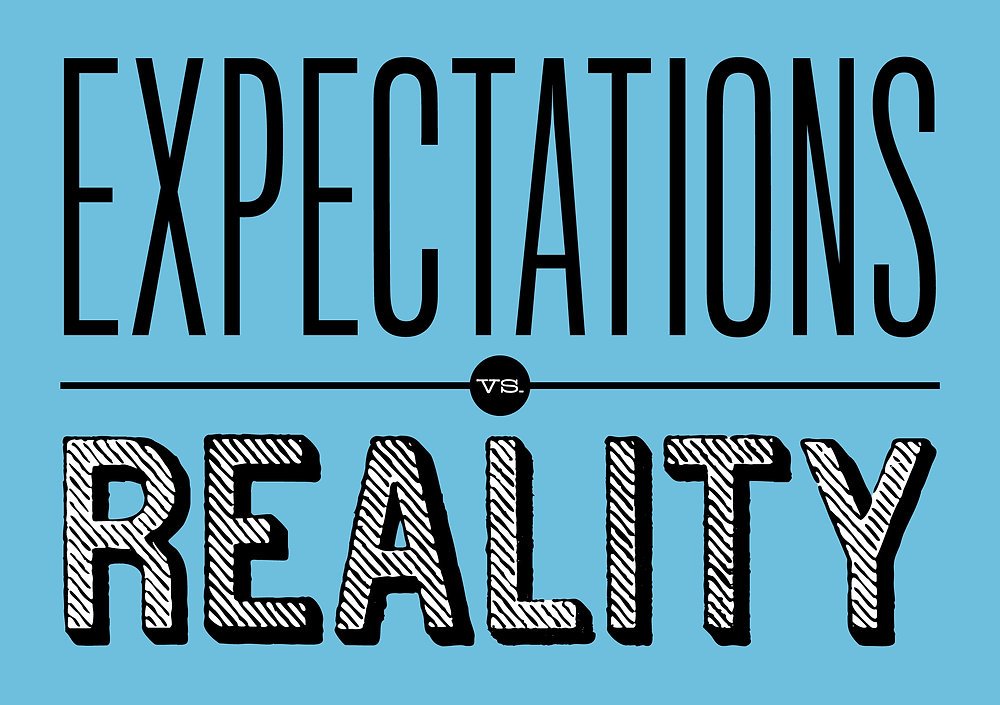Every year, governments, economists, and think tanks release reports on life satisfaction, happiness, and cost of living. On the surface, these metrics seem like a clear window into human well-being and economic progress. Yet they fail to capture the deeper story of wealth growth—not just in material terms, but in intellectual, emotional, and social dimensions.The reason? Humans are not static in their desires. Our goals evolve as we become more enlightened.
1. Life Satisfaction Surveys Are Relative, Not Absolute
Life satisfaction scores often ask people to rate their happiness on a scale of 1 to 10. But this is highly subjective:Someone who earns $20,000/year in a developing country might rate their satisfaction higher than a $100,000 earner in a wealthy country because their expectations are lower.As people grow in knowledge, experience, or spirituality, their baseline expectations rise, making them less likely to report extreme satisfaction—even if their wealth, security, and opportunities have vastly improved.In other words, happiness metrics are relative to evolving personal standards, not absolute wealth or capability.
2. Cost of Living Stats Ignore Human Adaptation
Cost of living indices track the price of goods, housing, transportation, and services. While they give a snapshot of economic conditions, they don’t measure human ingenuity, productivity, or access to new forms of wealth:Today, a person can earn and spend in digital currencies, access global freelance opportunities, or monetize content online—things that traditional cost-of-living calculations rarely capture.Additionally, technologies like AI, smartphones, and global internet access increase human capability without necessarily being reflected in monthly expenses.A family may pay more for rent, but simultaneously gain instant access to education, global marketplaces, and entertainment that vastly enrich life.
3. Human Goals Evolve With Enlightenment
As people grow intellectually and socially, their definition of “wealth” changes:Early in life, wealth often means money, food, and shelter.Later, it becomes time, autonomy, and experiences.In highly enlightened states, wealth may center around personal mastery, social impact, and knowledge accumulation.This evolution makes static surveys or price indexes blind to true human growth. A person may report moderate satisfaction because they are striving for higher goals—but that striving itself is a sign of increasing wealth in human capability.
4. True Wealth Is Multi-Dimensional
Modern humans accumulate wealth across multiple dimensions:
1. Financial: Income, investments, real estate.
2. Intellectual: Skills, knowledge, critical thinking.
3. Social: Networks, influence, relationships.
4. Experiential: Travel, hobbies, personal achievements.
5. Autonomy: Freedom to make life choices and control your time.Traditional life satisfaction and cost-of-living metrics focus mostly on financial and material aspects, missing the bigger picture.
5. Why This Matters for Policy and Business
If governments or companies rely solely on traditional surveys, they may:Underestimate the value of education, creativity, and personal development.Overemphasize material subsidies while ignoring autonomy, opportunity, and technology access.Misjudge human happiness trends because goals evolve faster than static metrics can capture.For individuals and businesses alike, the lesson is clear: don’t judge growth by narrow financial or survey data alone. Look at capabilities, opportunities, and evolving aspirations.
Life satisfaction surveys and cost-of-living stats provide some insight, but they understate the growth of human wealth because humans are not static. As our goals, knowledge, and expectations evolve, true wealth increasingly lies in our capabilities, freedom, and experiences—dimensions that numbers alone cannot fully capture.The next frontier of measuring human prosperity isn’t just dollars or indices—it’s tracking human potential and opportunity as it evolves.


